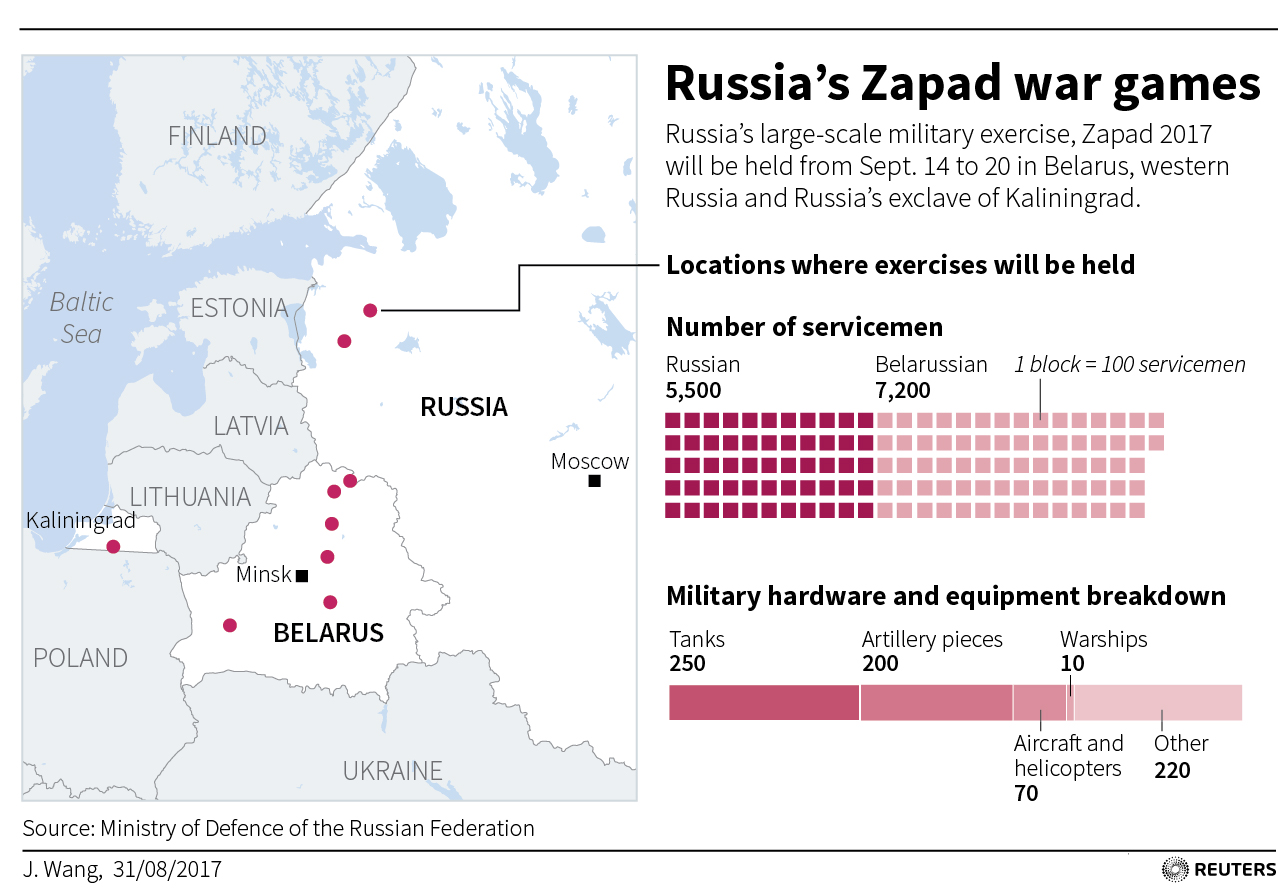
By Idrees Ali and Lizbeth Diaz
WASHINGTON/TIJUANA, Mexico (Reuters) – President Donald Trump is likely to give U.S. troops authority to protect immigration agents stationed along the U.S. border with Mexico if they come under threat from migrants seeking to cross into the United States, a U.S. official said on Monday.
Ahead of U.S. congressional elections earlier this month, Trump denounced the approach of a caravan of migrants as an “invasion” that threatened American national security, and he sent thousands of U.S. troops to the border to help secure it.
Currently, the troops do not have authority to protect U.S. Customs and Border Patrol personnel. The new authority could be announced on Tuesday, the official said, speaking on condition of anonymity.
U.S. officials briefly closed the busiest border crossing from Mexico early on Monday to add concrete barricades and razor wire amid concerns some of the thousands of Central American migrants at the border could try to rush the crossing.
Northbound lanes at the San Ysidro crossing from Tijuana to San Diego, California, were temporarily closed “to position additional port hardening materials,” a U.S. CBP spokesperson said.
A Department of Homeland Security official, who requested anonymity, told reporters on a conference call that U.S. officials had heard reports some migrants were intending to run through border crossings into California.

Migrants, part of a caravan of thousands traveling from Central America en route to the United States, move to a new shelter in Mexicali, Mexico November 19, 2018. REUTERS/Kim Kyung-Hoon
The closing was rare for the station, which is one of the busiest border crossings in the world with tens of thousands of Mexicans heading every day into the United States to work or study.
“Today was a lost day of work. I already called my boss to tell her that everything was closed and I did not know what time I would be able to get in,” said Maria Gomez, a Mexican woman who crosses the border every day for work. “I cannot believe this is happening.”
Trump had remained mostly silent about the caravan since the Nov. 6 vote, but on Monday he posted a photo on Twitter showing a fence that runs from the beach in Tijuana into the ocean now covered with razor wire.
Critics charged that his talk of a migrant “invasion” was an effort to rouse his political base ahead of the elections.
Officials have stressed that the 5,900 active-duty U.S. troops on the border are not there in a law enforcement capacity and that there are no plans for them to interact with migrants.
Instead, their mission is to lend support to the CBP, and they have been stringing up concertina wire and erecting temporary housing.
The commander of the mission told Reuters last week that the number of troops may have peaked, and he would soon look at whether to begin sending forces home or shifting some to new border positions.
About 6,000 Central Americans have reached the border cities of Tijuana and Mexicali, according to local officials. More bands of migrants are making their way toward Tijuana, with around 10,000 expected.
Hundreds of local residents on Sunday massed at a monument in a wealthy neighborhood of Tijuana to protest the arrival of the migrants, with some carrying signs that said “Mexico first” and “No more migrants.”
Last month, thousands of Central American migrants began a long journey from Honduras through Mexico toward the United States to seek asylum.
Other bands of mostly Salvadorans followed, with a small group setting off on Sunday from San Salvador.
(Additional reporting by Yeganeh Torbati in Washington; Editing by Dan Grebler and Cynthia Osterman)


